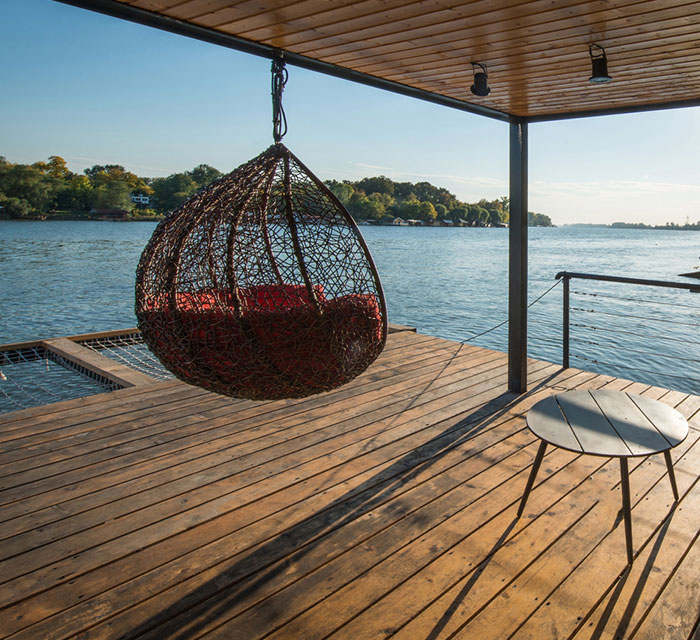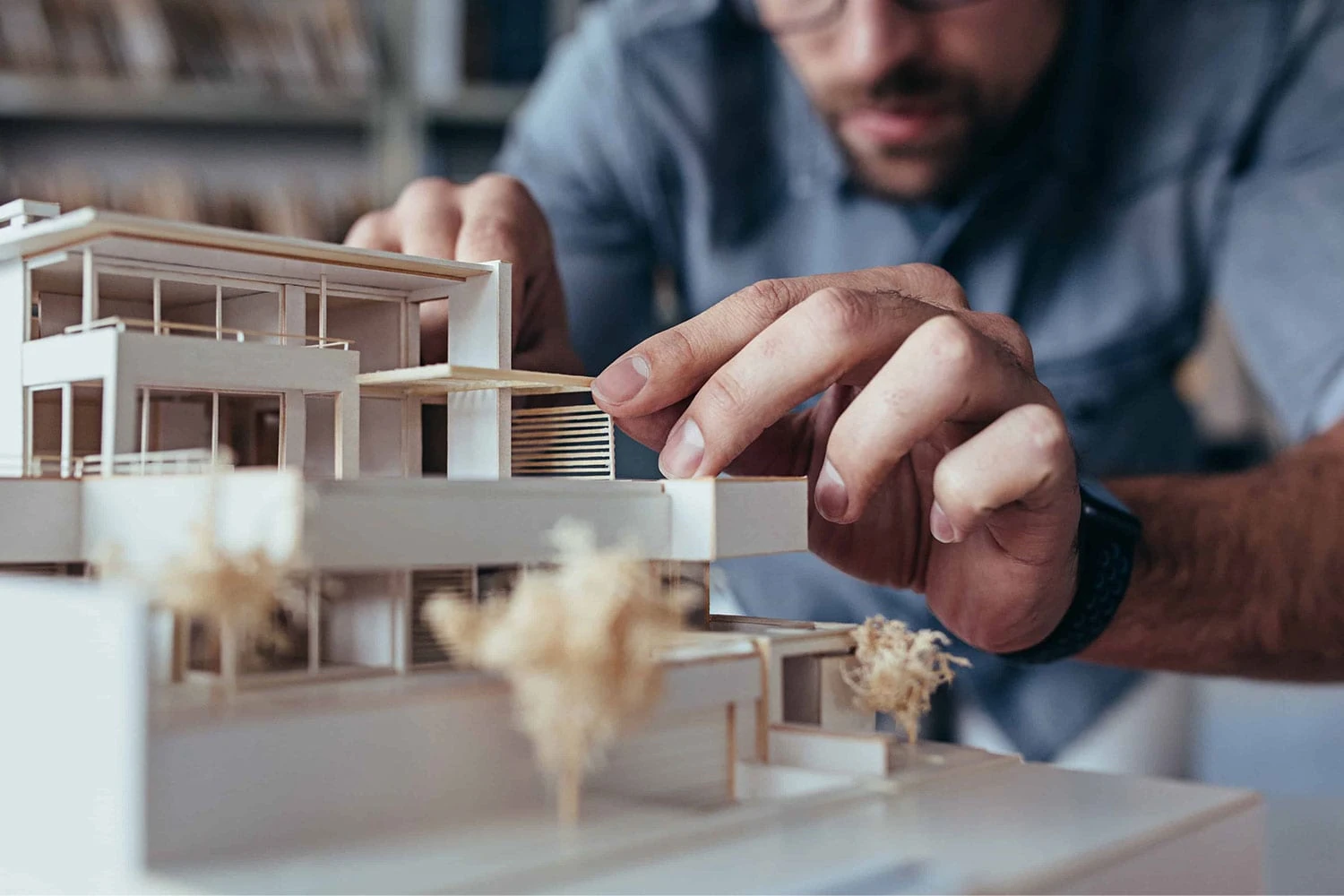Architecture is far more than just the physical materials that form the skeleton of a building. It is about human experience, form, function, and the interplay between structure and surroundings. True architectural excellence transcends the materials used; it embraces creativity, sustainability, and the emotional response a space evokes.
When we think about architecture, the first things that often come to mind are towering skyscrapers, imposing concrete structures, and glistening steel frames. These materials, which have become synonymous with modern architecture, are undeniably powerful in shaping the skyline of cities and defining the look and feel of contemporary spaces. However, to reduce architecture to merely concrete and steel would be to overlook the true essence of architectural design—its ability to connect people to space, environment, and culture.
1. Architecture is About Purpose and Function
One of the most important aspects of architecture is its purpose. A building should cater to the needs of the people who use it. Whether it’s a home, a museum, a school, or a commercial space, the design should address functionality first and foremost.

The key to successful architecture lies in designing spaces that serve their intended function while enhancing the quality of life for those who inhabit them. It’s about creating environments that support the activities that take place within them, while also considering how people will interact with the space. The materials—whether concrete, wood, glass, or brick—are secondary to the idea that the architecture should fulfill its intended purpose.
For example, Frank Lloyd Wright’s designs were known for blending the building with its surroundings, ensuring that both function and form were in harmony. His famous Fallingwater House, built over a waterfall, is an excellent example of architecture that is more than just concrete and steel—it’s a seamless integration of space, nature, and human needs.
“Architecture is not just built from concrete and steel; it is shaped by the vision, creativity, and emotions that breathe life into space.”
Matt Mullenweg, 2017
2. Architecture is About Human Experience and Emotion
Buildings are more than just physical structures; they are places where people experience life. Architecture deeply influences our emotions, behavior, and well-being. Think about how a well-designed space can make you feel calm and inspired or how a poorly planned space can feel cold and impersonal. The materials used in construction play a role, but the true impact comes from how those materials are arranged and how the space is shaped to evoke an emotional response.
Natural light, ventilation, scale, and texture all affect how we perceive a space. A well-lit room, for instance, can feel inviting, while a dark, cramped room may cause discomfort. Architecture aims to harness these sensory experiences to create spaces that nurture the mind and spirit, whether it’s the warmth of a wooden floor or the openness of a high-ceilinged atrium.
3. Architecture is About Sustainability and Environment
Modern architecture is increasingly about sustainability—designing structures that are not only functional and beautiful but also responsible in their use of resources. Concrete and steel, while common, can have significant environmental costs in terms of energy consumption and material waste. As the world moves toward more eco-conscious practices, architecture is increasingly focused on greener alternatives.
Sustainable architecture utilizes materials like bamboo, reclaimed wood, and hempcrete, which are renewable and have a smaller carbon footprint compared to traditional building materials. It also emphasizes energy-efficient designs, such as passive solar heating, natural ventilation, and the use of green roofs. These materials and strategies are not just about reducing environmental impact; they are about aligning architecture with the natural world to create a healthier, more harmonious environment for its inhabitants.
An example of this would be the Bullitt Center in Seattle, a building widely regarded as one of the greenest commercial buildings in the world. The center uses sustainable materials and innovative energy systems, emphasizing the fact that architecture should consider its impact on the environment.






This article beautifully captures the essence of architecture as more than just materials — it’s about vision, purpose, and human experience. Concrete and steel may shape the physical form, but it’s the ideas, emotions, and stories behind the design that give it life. Architecture isn’t just what we build — it’s how we make people feel in the spaces we create. Inspiring read!
Such a powerful reminder that architecture is ultimately about people, not just materials. The soul of a building lies in its ability to inspire, connect, and serve — not just stand tall. Loved this perspective.
Concrete and steel may hold the structure, but it’s the imagination that holds the soul. Architecture, at its heart, is storytelling through space. Beautifully expressed.